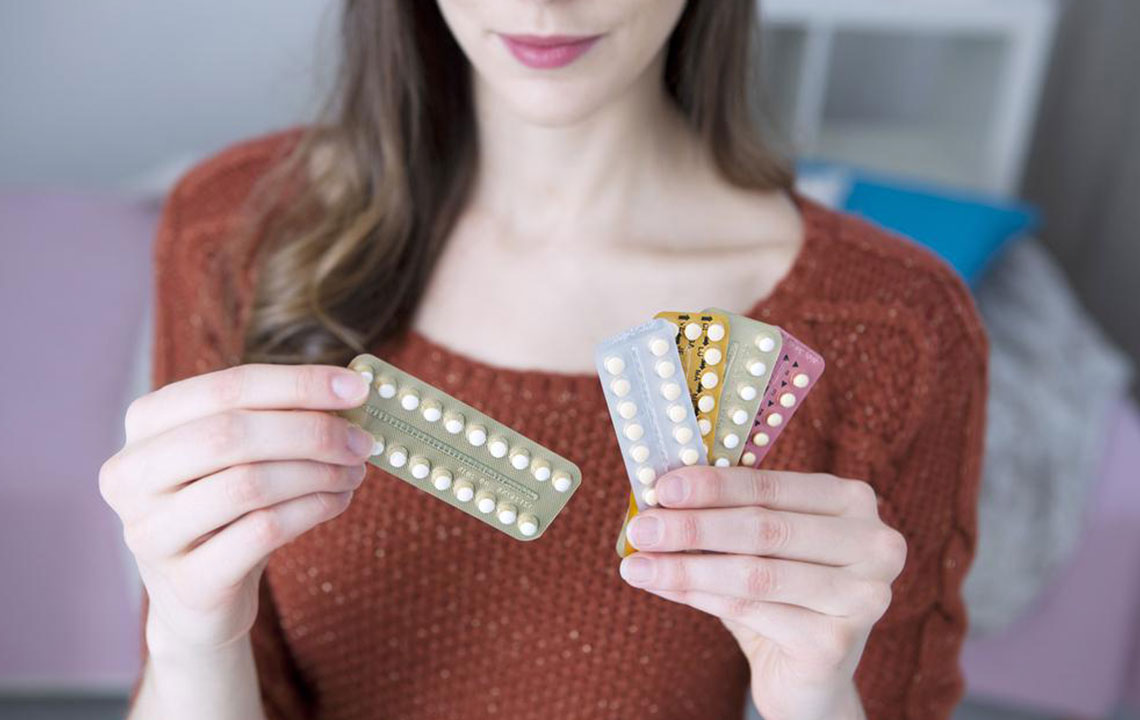Top 8 Women's Contraceptive Options for Family Planning
Explore eight popular contraceptive methods for women, including pills, IUDs, rings, and barrier options. Understand their effectiveness, suitability, and precautions by consulting your healthcare provider to choose the best family planning method tailored to your needs.

Top 8 Women's Contraceptive Choices
With a variety of contraceptive methods available today, women can choose the most suitable option to prevent unintended pregnancies. Navigating through these choices can be overwhelming, so understanding each method is essential. Always consult a healthcare professional before beginning any contraceptive. Below are eight widely used and effective birth control methods. Discuss with your doctor to select the best method for your lifestyle and health needs.
I. Combined Oral Contraceptive Pill
Manufactured by many pharmaceutical companies, this pill is widely accessible in pharmacies.
When taken consistently at the same time each day, these pills boast a 99% effectiveness rate. They help regulate menstrual cycles and reduce hot flashes. However, women over 35, smokers, or those with certain health conditions should avoid this method due to risks like blood clots or migraines. Always consult your doctor before use.
II. Mini Pill (Progestin-Only)
This alternative contains only progestin, without estrogen, making it suitable for women who smoke or have particular health concerns.
It’s safe for breastfeeding mothers as it doesn’t interfere with milk production. Precise daily intake at the same time is crucial; missing doses by more than three hours necessitates backup contraception. Consistency is key for efficacy.
III. Extended-Use Pill
This pill allows women to skip or delay periods, with some regimens extending to a quarter or even a year without menstruation. Daily intake is required for optimal effectiveness, making it ideal for women wanting to manage their cycle length.
IV. Vaginal Ring
A flexible soft ring inserted into the vagina delivers hormones similar to the combined pill. It remains in place for three weeks, then removed for a week’s rest period, during which a period occurs. Not recommended for women with certain health issues or risk factors like blood clots.
V. Diaphragm
This dome-shaped rubber device covers the cervix and requires spermicide to prevent fertilization. Fitted by a healthcare provider, its effectiveness can be affected by weight changes over 10 pounds or frequent urinary infections. Women with a history of toxic shock syndrome should avoid this method.
VI. Intrauterine Device (IUD)
Available in hormonal and non-hormonal forms, IUDs are surgically implanted and provide up to 10 years of protection with over 99% effectiveness. Best suited for women who've had at least one child, as insertion may cause discomfort for those who haven't conceived. Costly initially, but long-term cost-effective.
VII. Female Condom
Made of soft plastic or polyurethane, this barrier method offers protection against STDs and pregnancy. Inserted into the vagina before intercourse, it can be used up to eight hours in advance but is less effective than male condoms for STD prevention.
Always seek medical consultation to determine the most appropriate contraception method for you.










